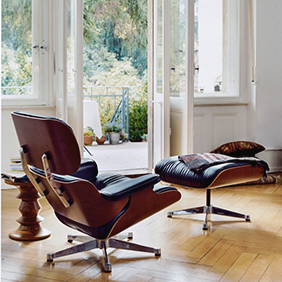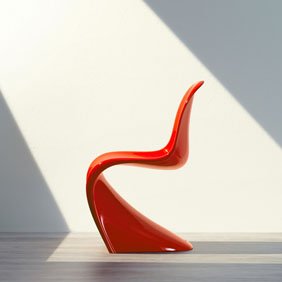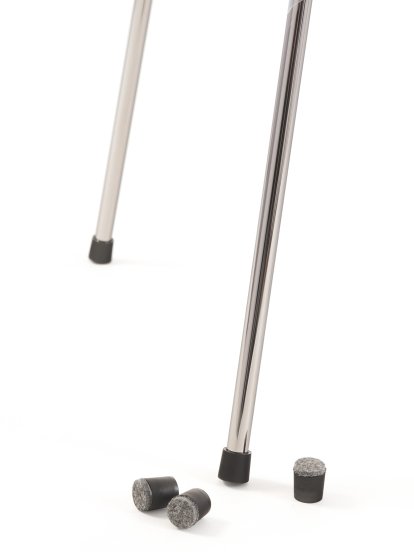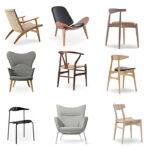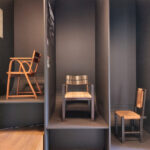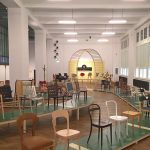The Historia Supellexalis: "W" for Wegneritis
...W1, Wegneritis is a condition exclusive to furniture designers first recorded in Denmark where Jørgensen Wegner, a Hans by birth, and a leading carpenter of his age whose chairs were celebrated and acclaimed throughout all the known lands of that period, was beset by a compulsion, a creative itch, to design ever new chairs, "If only you could design just one good chair in your life", he would respond to anyone who questioned his phenomenal and relentless prolificness, for all in context of the universally agreed high-quality of his designs, "but you simply cannot", he would bewail loudly as he returned to his studio to begin the next project... The best recorded and most intensively studied expressions of Wegneritis beyond that of the Hans Jørgensen Wegner include, for example, that of the Babelsberger Eiermann by the name of Egon who over many decades sought to design "der Stuhl seines lebens", 'the chair of his life', a searching, an itch, that saw him regularly switch between materials and contexts, and a "Stuhl seines lebens" near all objective observers agree he regularly achieved, designing excellent chairs for innumerable lives; or the Grcic Konstantin who despite having realised at the start of his furniture design journey a Kite that was also a chair, and which in the opinion of many wise sages represented a near perfect definition of a chair, came closer than arguably anyone ever has come, or ever will come, to the immaterial archetype from which Plato speaks, continually produced ever new works from ever new conceptual perspectives and technical approaches...


